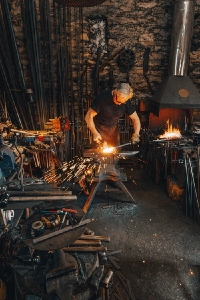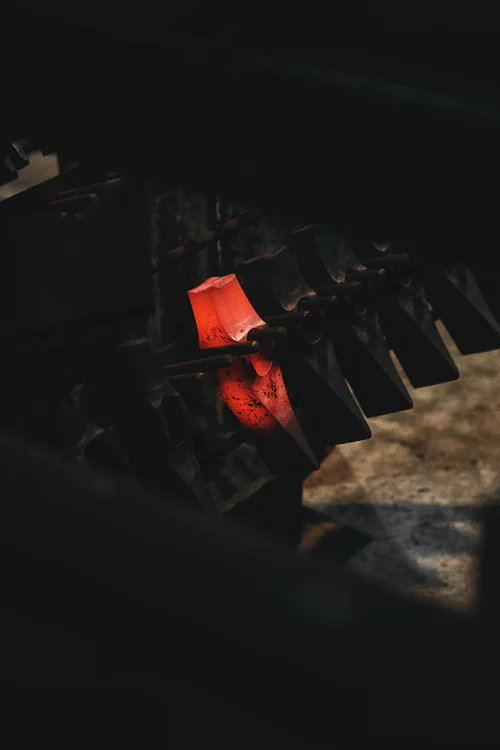Deep Groove Ball Bearings: The Workhorses of Machinery
Deep groove ball bearings are the most widely used type of rolling element bearing. Their simple design, high versatility, and excellent performance make them a crucial component in countless applications across various industries. Here’s a closer look at the uses of deep groove ball bearings:
Versatility for Diverse Applications:
Electric Motors and Generators: Deep groove ball bearings minimise friction in electric motors and generators, ensuring smooth rotation of the shaft and efficient power generation or conversion.
Material Handling Equipment: Conveyors, elevators, and other material handling equipment rely on deep groove ball bearings to support loads and enable smooth movement of materials.
Power Transmission Systems: Gearboxes, gear reducers, and other power transmission components utilize deep groove ball bearings to manage shaft rotation and minimize energy loss due to friction.
Agricultural Machinery: Tractors, harvesters, and other agricultural equipment use deep groove ball bearings in various locations, such as wheels, axles, and PTO (Power Take-Off) shafts, to handle loads and enable smooth operation.
Construction Equipment: Deep groove ball bearings are essential components in construction machinery like cranes, excavators, and bulldozers, supporting heavy loads and facilitating smooth operation under demanding conditions.
Automotive Applications: From wheel bearings to engine components, deep groove ball bearings play a critical role in various automotive applications, reducing friction and enabling smooth operation of moving parts.
Consumer Appliances: Washing machines, dryers, dishwashers, and other household appliances utilize deep groove ball bearings to support rotating components like drums and shafts, ensuring quiet and efficient operation.
Office Equipment: Printers, scanners, and other office equipment often incorporate deep groove ball bearings in their motors and other moving parts to minimize friction and ensure smooth operation.
Inline Skates and Skateboards: Deep groove ball bearings are the heart of these recreational products, allowing for low-friction rotation of the wheels, resulting in smooth and efficient rolling.
Bicycles: The bottom bracket and wheel hubs in bicycles typically rely on deep groove ball bearings to minimize friction and allow for efficient pedalling and rolling.
Medical Equipment: Certain medical equipment, like centrifuges and dental drills, utilize deep groove ball bearings for smooth and precise rotation, ensuring accurate operation.
Advantages that Drive Widespread Use:
Several key advantages contribute to the extensive use of deep groove ball bearings:
Simplicity: Their straightforward design with an inner and outer raceway and balls allows for ease of use and maintenance.
Versatility: They can accommodate both radial loads (perpendicular to the shaft) and moderate axial loads (parallel to the shaft) in one direction.
Low Friction: Deep groove ball bearings offer low rolling resistance, minimizing energy loss and enabling efficient operation.
High Speeds: Their design allows for smooth operation at high speeds, making them suitable for various applications.
Relatively Low Cost: The simple design and mass production of deep groove ball bearings make them a cost-effective bearing solution.
Wide Range of Sizes and Materials: Deep groove ball bearings are available in a vast range of sizes and materials to suit specific load requirements and operating environments.





